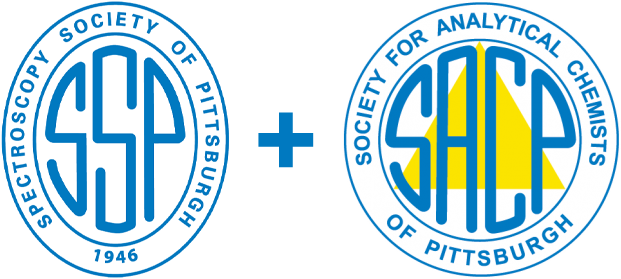Chemistry Outreach
The Society for Analytical Chemists of Pittsburgh (SACP), and the Spectroscopy Society of Pittsburgh (SSP), are non-profit organizations dedicated to furthering science education, both locally and nationally.
To that end, with proceeds from Pittcon, we provide financial and administrative support for various science outreach activities including science equipment grants, research grants, scholarships and internships for students, awards to teachers and professors, and grants to public science centers, libraries and museums.
Monthly Meeting
The next SACP+SSP Monthly Meeting will be held
Wednesday, April 24
at Duquesne University, and virtually via Zoom.
Technical Program
Dr. Brooke W. Kammrath
University of New Haven, Henry C. Lee Institute of Forensic Science
“Application of Particle Correlated Raman Spectroscopy (PCRS) for the Forensic Examination of Soil Minerals“
Engaging Events
The SACP and SSP are dedicated to promoting science education to the masses. We achieve this goal by providing symposia, lectures, and workshops to the general public, students, and teachers.
The societies also support the annual Pittcon Conference & Expo, advancing and enriching scientific endeavor by connecting scientists worldwide and facilitating the exchange of research and ideas.
Supporting Scholars
We provide financial and administrative support for various science outreach activities including science equipment grants, research grants, scholarships and internships for students, awards to teachers and professors, and grants to public science centers, libraries and museums.
Support for these efforts comes from the proceeds of the annual international Pittcon Conference & Expo.
Upcoming Programming
SACP+SSP Monthly Meetings
SACP+SSP Monthly Meetings take place from September through April at Duquesne University. Both in-person and virtual options available.
